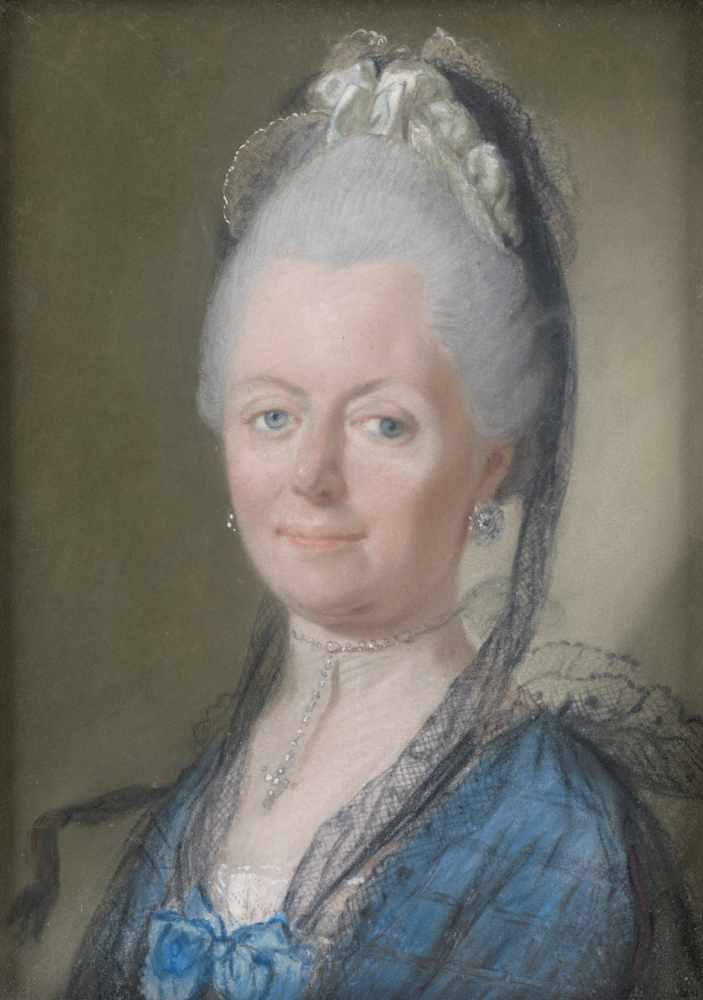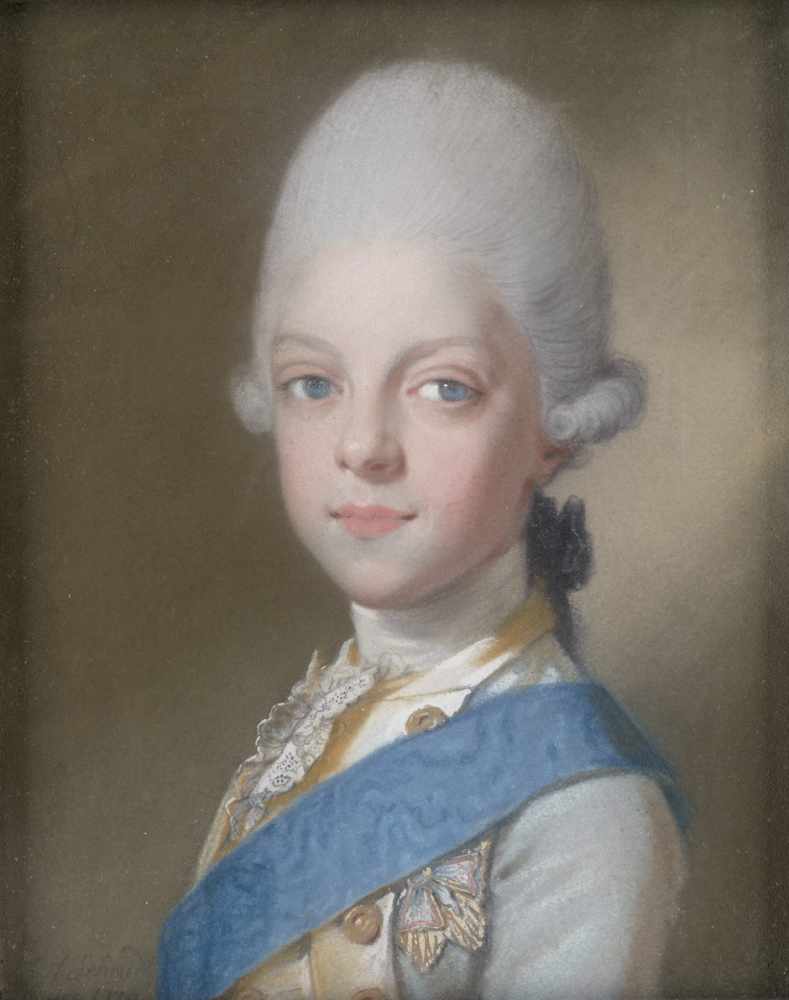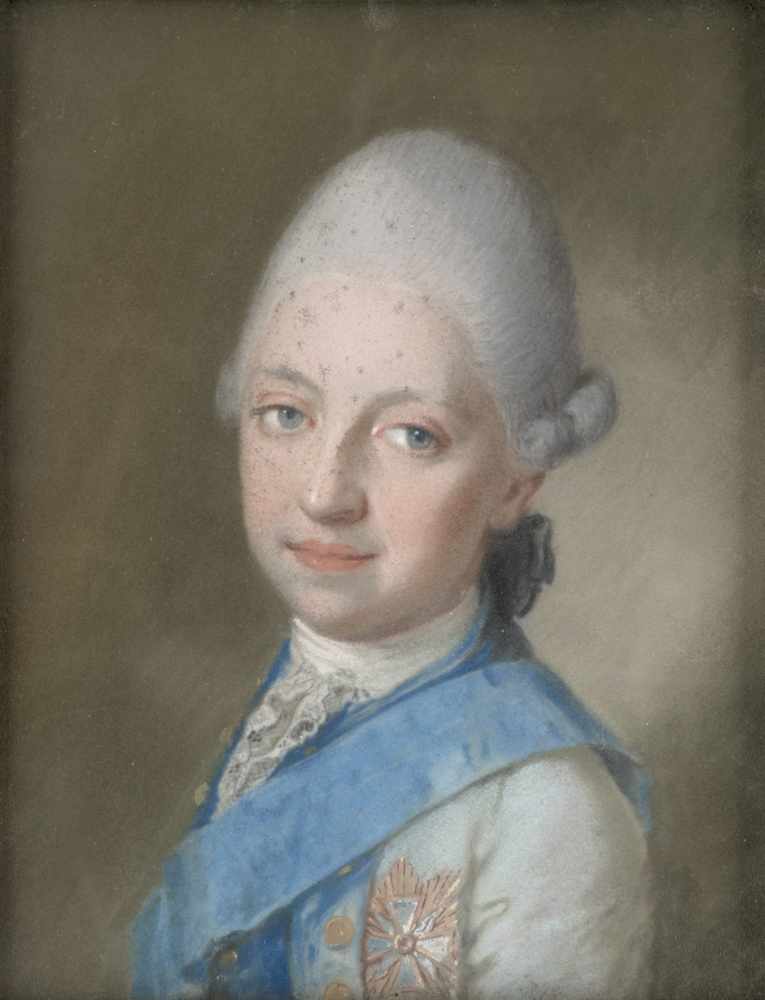6614
Schmidt, Johann Heinrich: Maria Antonia, Kurfürstin von Sachsen, und ihre Söhne Friedrich August und
15th to early 20th Century Art
Sale Date(s)
Venue Address
For Galerie Bassenge delivery information please telephone +49 (0)30 89380290.
Important Information
Foglende Bedingungen werden in diesem Katalog verwendet:
28.00 % buyer's premium on the hammer price
VAT margin scheme, VAT included, but not indicated
Optional:
19.00 % VAT on the hammer price
23.00 % buyer's premium on the hammer price
19.00 % VAT on buyer's premium
19.00 % VAT on the hammer price
23.00 % buyer's premium on the hammer price
19.00 % VAT on buyer's premium
Terms & Conditions
Conditions of Sale
1. The Galerie Gerda Bassenge (or Bassenge Buchautionen GbR, or Bassenge Fotoauktionen GbR, resp.) subsequently called “the auctioneer” carries on business as commission-agent in its own name on behalf of its voluntary consignors. This auction sale is a public one in the sense of § 383 III BGB.
2. The auctioneer reserves the right to combine, to split, to change or to withdraw lots before the actual final sale.
3. All objects put up for auction can be viewed and examined prior to the sale at the times made known in the catalogue. The items are used and sold as is. As long as not explicitly mentioned in the catalogue description, framing is not an inherent part of the offer. As a rule, the condition of the individual work is not given in the catalogue. Catalogue descriptions are made with as much care as possible, but the descriptions do not fall under the statutory paragraph for guaranteed legal characteristics. The same applies for individually requested condition reports. These also offer no legal guarantee and only represent the subjective assessment of the auctioneer while serving as a non-binding orientation. The liability for damage to life, body or health shall remain unaffected. In case of a justified claim, however, he will accept the responsibility to make a claim for restitution on behalf of the buyer against the consignor within a period of 12 months, running from the fall of the hammer. In the event of a successful claim the auctioneer will refund the hammerprice plus premium.
4. The highest bidder acknowledged by the auctioneer shall be deemed the buyer. In case of identical bids the buyer will be determined by drawing lots. In the event of a dispute the auctioneer has the absolute discretion to reoffer and resell the lot in dispute. He may also knock down lots conditionally.
5. In the case of a written bid the bidder commissions the auctioneer to place bids on his behalf during the auction. In cases where there is a discrepancy between number and title in a written bid the title shall prevail.
6. Telephone and direct online bidding via the internet must be approved in advance by the auctioneer. The auctioneer cannot be held liable for faulty connections or transmission failure. In such a case the bidder agrees to bid the reserve price of the corresponding lot. For such bidding the regulations of long distance contracts do not apply (Fernabsatzverträge) [cf § 312d IV,5 BGB].
7. On the fall of the auctioneer’s hammer title to the offered lot will pass to the acknowledged bidder. The successful buyer is obliged to accept and pay for the lot. Ownership only passes to the buyer when full payment has been received. The buyer, however, immediately assumes all risks when the goods are knocked down to him.
8. A premium of 28% of the hammer price will be levied in which the VAT is included (marginal tax scheme) or a premium of 23% of the hammer price plus the VAT of 19% of the invoice sum will be levied [books: 7%] (regular tax scheme). Buyers from countries of the European Union are subject to German VAT.
Items marked with an * are subject to the regular tax scheme (premium of 23% of the hammer price plus the current VAT of 19%).
Items marked with an ˆ are subject to import duty. In these cases in addition to the premium (marginal tax scheme), the charged import tax of currently 7% will be added to the hammer price.
Exempted from these rules are only dealers from EU-countries, who are entitled, under their notification of their VAT ID-Number, to buy on the basis of VAT-free delivery within the European Union. Notification of VAT ID-Numbers must be given to the auctioneer before the sale.
For buyers from non EU-countries a premium of 23% will be levied. VAT will be exempted or refunded on production of evidence of exportation within 4 weeks of the auction, or, if appropriate, importation to another country. This is taken as given when the dispatch is effected by us.
Live bidding through external online platforms entails a transaction fee stipulated by the platform and will be added to the premium.
Due to the work overload of the accounting department during auctions, invoices generated during or directly after an auction require careful revision and possible correction; errors excepted.
9. Auction lots will, without exception, only be handed over after payment has been made. Credit cards (VISA, Mastercard, American Express), checks and any other form of non-cash payment are accepted only on account of performance. Any exchange rate risk and all bank charges shall be borne by the buyer. Storage and dispatch are at the expense and risk of the buyer. If the shipping costs exceed the lump sum on the invoice the outstanding amount will be billed separately.
10. The buyer is liable for acceptance of the goods and for payment. The purchase price shall be due for payment upon the lot being knocked down to the buyer. In case of a delayed payment (two weeks after the sale) the purchaser will be held responsible for all resultant damages, in particular interest and exchange losses. In case of payment default the auctioneer will charge interest on the outstanding amount at a rate of 1% to the gross price per month or part of month. In such an event the auctioneer reserves the right to annul the purchase contract without further notice, and to claim damages from the buyer for non-fulfilment, accordingly he can re-auction the goods at the buyer’s expense. In this case the buyer is liable for any loss incurred, the buyer shall have no claim if a higher price has been achieved. He will not be permitted to bid.
11. The place of fulfillment and jurisdiction is Berlin. German law applies exclusively; the UN-Treaty (CISG) is explicitly excluded.
12. The prices quoted after each lot are estimates, not reserves.
13. The after-sales is part of the auction in which the bidder places either by telephone or in written form (as stated in number 5 and 6) the order to bid a set amount.
14. By making a bid, either verbally in the auction, by telephone, written by letter, by fax, or through the internet the bidder confirms that he has taken notice of these terms of sale by auction and accepts them. Agents who act on behalf of a third party are jointly and separately liable for the fulfillment of contract on behalf of their principals.
15. Should one or the other of the above terms of sale become wholly or partly ineffective, the validity of the remainder is not affected. In the event of a dispute the German version of the above conditions of sale is valid.
David Bassenge/ Auctioneer As of March 2016









